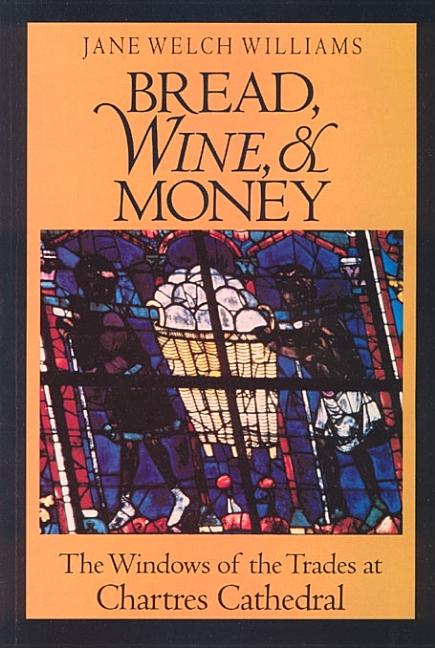Description
At Chartres Cathedral, for the first time in medieval art, the lowest register of stained-glass windows depicts working artisans and merchants instead of noble and clerical donors. Jane Welch Williams challenges the prevailing view that pious town tradesmen donated these windows. In Bread, Wine, and Money, she uncovers a deep antagonism between the trades and the cathedral clergy in Chartres; the windows, she argues, portray not town tradesmen but trusted individuals that the fearful clergy had taken into the cloister as their own serfs.
Williams weaves a tight net of historical circumstances, iconographic traditions, exegetical implications, political motivations, and liturgical functions to explain the imagery in the windows of the trades. Her account of changing social relationships in thirteenth-century Chartres focuses on the bakers, tavern keepers, and money changers whose bread, wine, and money were used as means of exchange, tithing, and offering throughout medieval society. Drawing on a wide variety of original documents and scholarly work, this book makes important new contributions to our knowledge of one of the great monuments of Western culture.
Last updated on
Product Details
- Jun 1, 1993 Pub Date:
- 0226899136 ISBN-10:
- 9780226899138 ISBN-13:
- English Language




